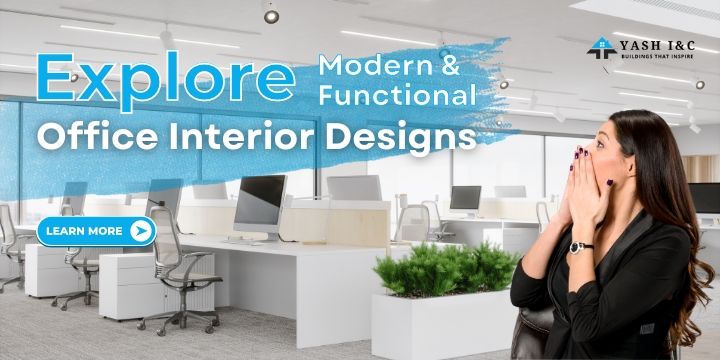
Exploring Modern and Functional Office Interior Design Ideas
The design of office spaces has evolved significantly over the years, with a strong focus on creating environments that promote productivity, collaboration, and employee well-being. Whether it's a small office, a construction firm, or a modern corporate setting, interior design plays a pivotal role in shaping the work atmosphere. In this article, we delve into various office interior design ideas that cater to different needs and styles.
Small Office Interior Design: Making the Most of Limited Space
Designing a small office space requires creativity and efficient space utilization. The key is to keep the design minimalistic yet functional. Opt for light colors to create an illusion of space, and consider open shelving units to maintain an airy feel. Multipurpose furniture such as foldable desks and modular storage units can help maximize the available space. Incorporating mirrors strategically can also visually expand the area. Remember, a clutter-free and organized layout is essential for small offices.
Office Interior Design Ideas for Productivity
Productivity is a priority for any workplace. Consider incorporating these design elements to enhance efficiency:
- Ergonomic Furniture: Invest in comfortable and ergonomic furniture to promote employee comfort and reduce strain.
- Natural Lighting: Maximizing natural light can boost energy levels and reduce eye strain. Use sheer curtains to diffuse harsh sunlight.
- Flexible Workstations: Create versatile work areas that allow employees to choose where they work based on their tasks.
- Collaboration Spaces: Design communal spaces that encourage collaboration, brainstorming, and idea-sharing among employees.
- Modern Office Interior Design: Merging Aesthetics and Functionality
Modern office designs often focus on sleek aesthetics and contemporary functionality. Use clean lines, minimalist furniture, and a neutral color palette with occasional vibrant accents. Incorporate technology seamlessly by providing charging stations and smart lighting solutions. Integrating indoor plants can add a touch of nature and improve air quality. Glass partitions and open layouts can foster transparency and a sense of connectivity among team members.
Construction Office Interior Design: Balancing Industrial and Professional Vibes
A construction office requires a unique blend of industrial and professional elements. Consider using raw materials like exposed brick walls, concrete floors, and metal accents to capture the industry's essence. Incorporate blueprints, construction tools, or equipment as decor to reinforce the theme. At the same time, ensure that the office maintains an organized and efficient layout, with designated spaces for meetings, planning, and administration.
best office interior designers in Delhi and Gurgaon for corporate spaces
If you're looking for the best office interior designers in Delhi and Gurgaon for corporate spaces, you're in luck. Here are some top names known for their expertise in office interior design:
- Morphogenesis: Renowned for sustainable and innovative designs, Morphogenesis is a prominent architecture and interior design firm based in Delhi. They specialize in creating modern and functional corporate office spaces.
- Futomic Design Services: With a focus on luxury and contemporary designs, Futomic Design Services offers a range of interior design solutions for corporate offices. Their designs often incorporate high-end aesthetics and modern technology.
- Chaukor Studio: Chaukor Studio is known for its eco-friendly and sustainable approach to interior design. They have successfully transformed many corporate spaces into energy-efficient and visually appealing environments.
- M Moser Associates: A global design firm with a presence in Delhi, M Moser Associates specializes in creating dynamic and efficient office spaces. They emphasize employee well-being and productivity in their designs.
- AVI Designs: AVI Designs is a well-established interior design firm that has worked on various corporate office projects in Delhi and Gurgaon. They focus on creating functional yet aesthetically pleasing work environments.
- Elegancia: Elegancia is known for its elegant and contemporary designs that cater to both aesthetics and functionality. They have experience in designing corporate offices that reflect the company's brand and culture.
- Ultraconfidentiel Design: This design firm is known for its innovative and unconventional approach to office interiors. They create spaces that foster creativity and collaboration among employees.
- Studio Bipolar: Studio Bipolar is recognized for its minimalist and modern designs. They have a knack for creating clutter-free and efficient office spaces that enhance productivity.
- Design Atelier: With a team of skilled designers, Design Atelier offers tailored office interior solutions. They aim to create spaces that align with the company's objectives and enhance employee satisfaction.
- RMDK: RMDK is known for its attention to detail and emphasis on functionality. They offer a range of interior design services, including space planning, furniture selection, and lighting design.
When choosing an office interior designer, consider factors such as your budget, the size of the project, the designer's portfolio, and their approach to design. It's essential to communicate your company's values, culture, and requirements to ensure that the final design aligns with your vision. Always remember to review their previous work and client testimonials to gauge their expertise and suitability for your project.
Conclusion: Tailoring Office Interior Design to Your Needs
Office interior design is a dynamic field that adapts to the specific needs and cultures of different businesses. Whether you're dealing with limited space, aiming for a modern vibe, or seeking to capture the essence of your industry, there are myriad design strategies to explore. The key is to strike a balance between aesthetics and functionality while considering the comfort and well-being of the employees who inhabit the space. By doing so, you can create an office environment that enhances productivity, creativity, and overall satisfaction.
Designing Inspiring Co-Working Office Interiors: Fostering Creativity and Collaboration
Co-working spaces have become a vital part of the modern work landscape, providing freelancers, startups, and remote workers with flexible and vibrant environments to thrive. Designing a co-working office interior requires a thoughtful approach that combines functionality, aesthetics, and a sense of community. In this article, we'll explore key elements to consider when crafting captivating co-working spaces.
Space Zoning for Diverse Needs:
A successful co-working design divides the space into distinct zones to accommodate various work styles and preferences. Consider these zones:
- Open Workspaces: Equipped with communal tables and flexible seating, these areas encourage interaction and networking.
- Private Offices: For those needing focused work, private offices or soundproof booths provide a quiet environment.
- Meeting Rooms: Well-equipped meeting rooms are essential for client presentations and collaborative sessions.
- Lounge Areas: Comfortable seating and relaxation zones offer a more casual setting for informal meetings or breaks.
Flexible Furniture Arrangements:
Utilize versatile furniture that can be easily rearranged to suit different needs. Modular desks, movable partitions, and foldable chairs enable members to adapt their workspace as required. This flexibility encourages collaboration and accommodates changing group sizes.
Aesthetic Appeal and Branding:
The interior design should align with the co-working space's brand identity while providing a visually engaging environment. Incorporate the brand's color palette, logo, and values into the decor. Artwork, murals, and creative installations can also add a unique touch and create a sense of belonging.
Natural Lighting and Greenery:
Maximize natural light to enhance the well-being of co-workers. Incorporate large windows and glass partitions to allow sunlight to penetrate deeper into the space. Integrating indoor plants not only improves air quality but also adds a refreshing and inviting atmosphere.
Thoughtful Acoustic Design:
Sound management is crucial in co-working spaces to balance open collaboration with the need for quiet work areas. Use sound-absorbing materials, acoustic panels, and partitions to minimize noise distractions and create a comfortable acoustic environment.
Collaborative Hubs:
Design communal hubs or central gathering points where co-workers can interact, exchange ideas, and network. These hubs can include a coffee bar, lounge seating, and shared work surfaces, fostering a sense of community and camaraderie.
Smart Technology Integration:
Incorporate modern technology seamlessly into the design. Offer reliable Wi-Fi, charging stations, and video conferencing facilities to meet the digital needs of co-workers. Interactive whiteboards and smart projectors can enhance collaborative efforts.
Amenities and Wellness:
Provide amenities that enhance the co-working experience. Include kitchenettes, well-designed restrooms, and wellness spaces for relaxation, meditation, or yoga. Prioritizing well-being contributes to a positive work atmosphere.
Sustainable Design Practices:
Incorporate eco-friendly materials and sustainable design practices. Use energy-efficient lighting, recyclable furniture, and materials with minimal environmental impact. Demonstrating a commitment to sustainability can attract environmentally conscious co-workers.
Community Events and Flexibility:
Design co-working spaces with a layout that supports hosting events, workshops, and seminars. Create adaptable spaces that can be easily transformed to accommodate different types of events and gatherings.
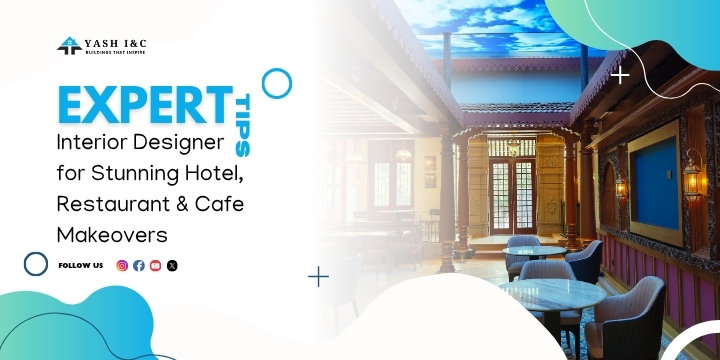
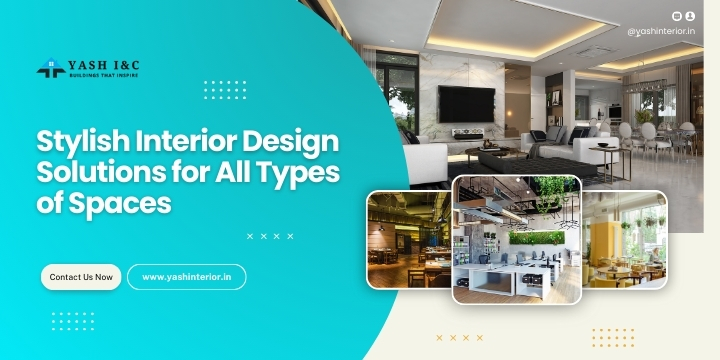
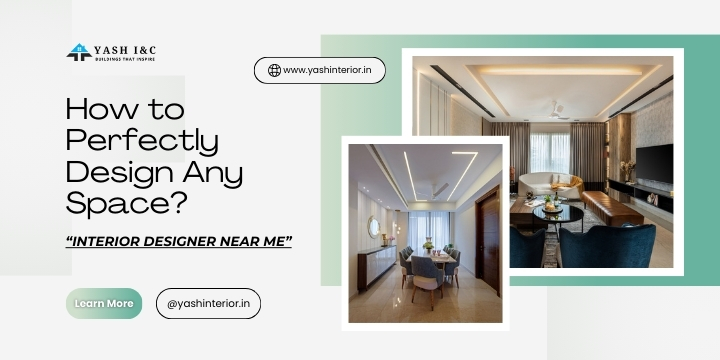


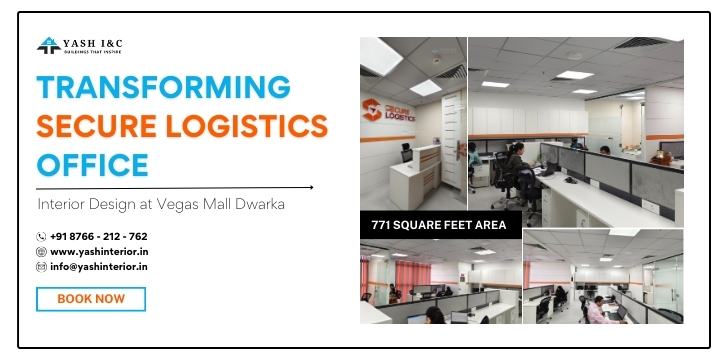
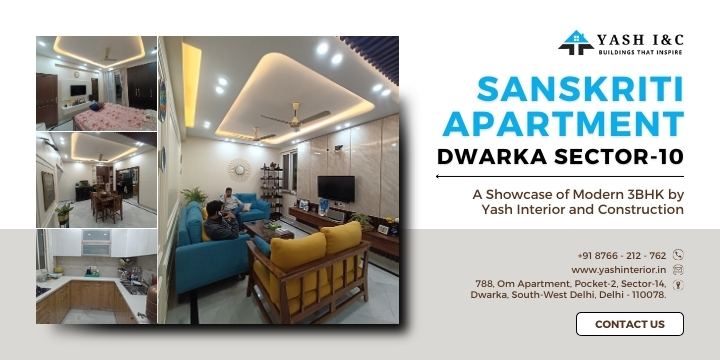
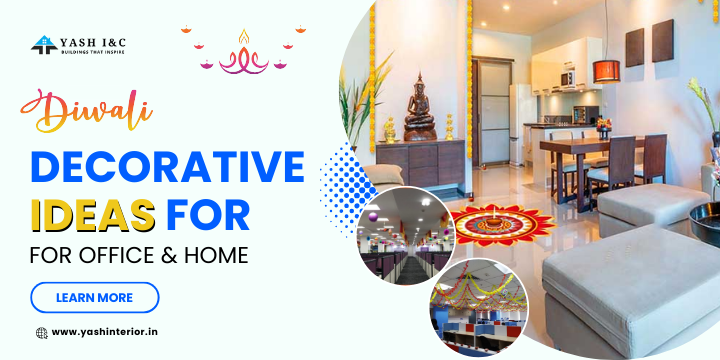
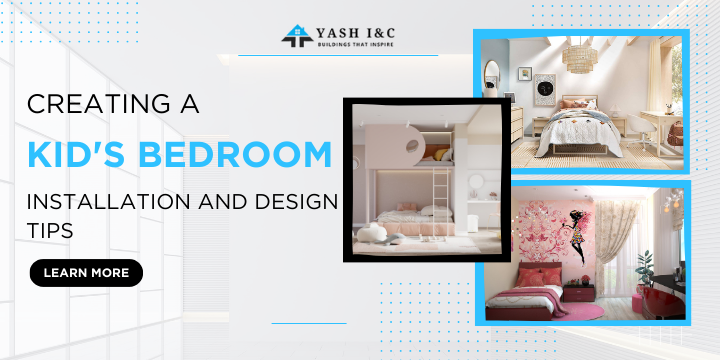
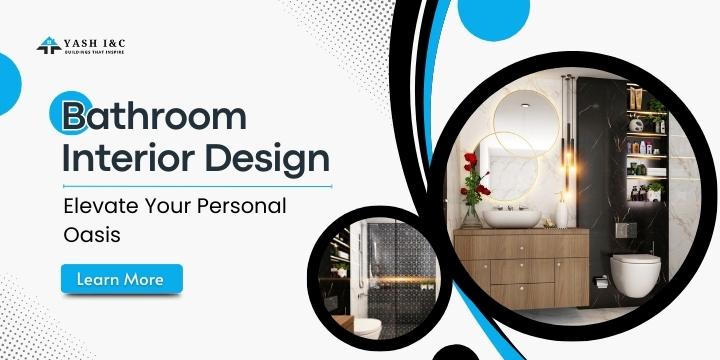
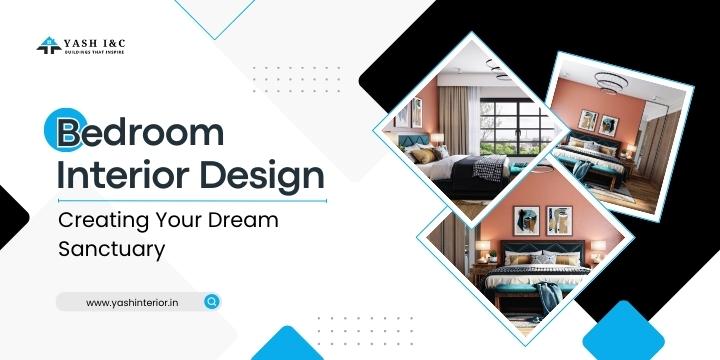
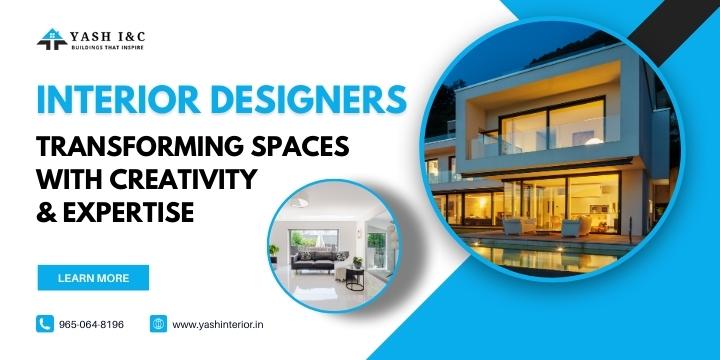

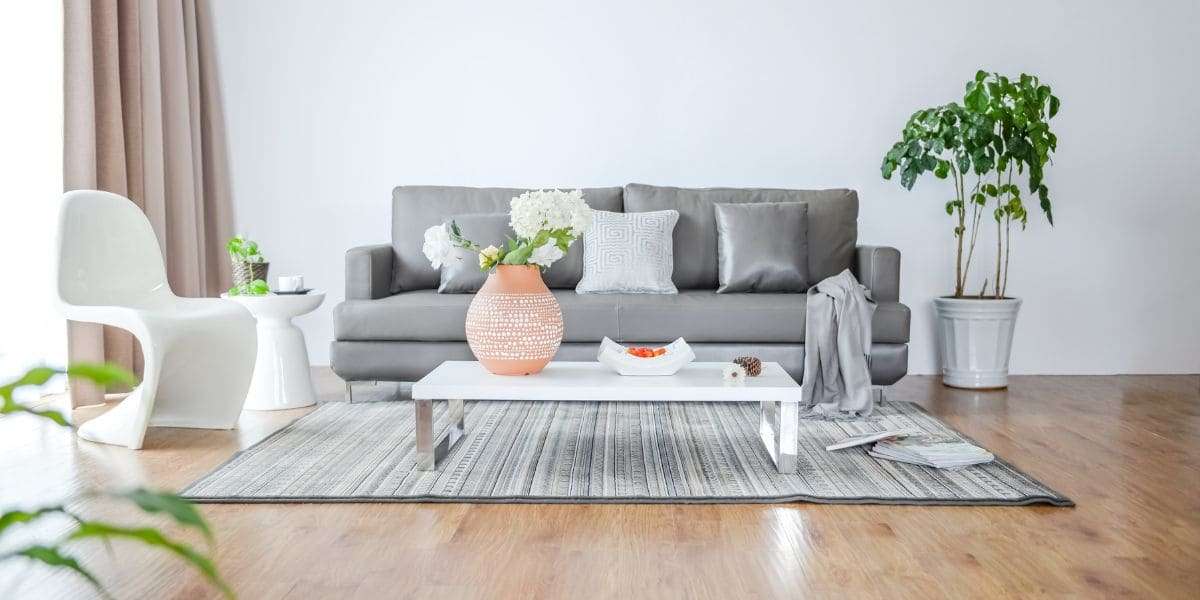

 Fill Out Your Details Below!
Fill Out Your Details Below!